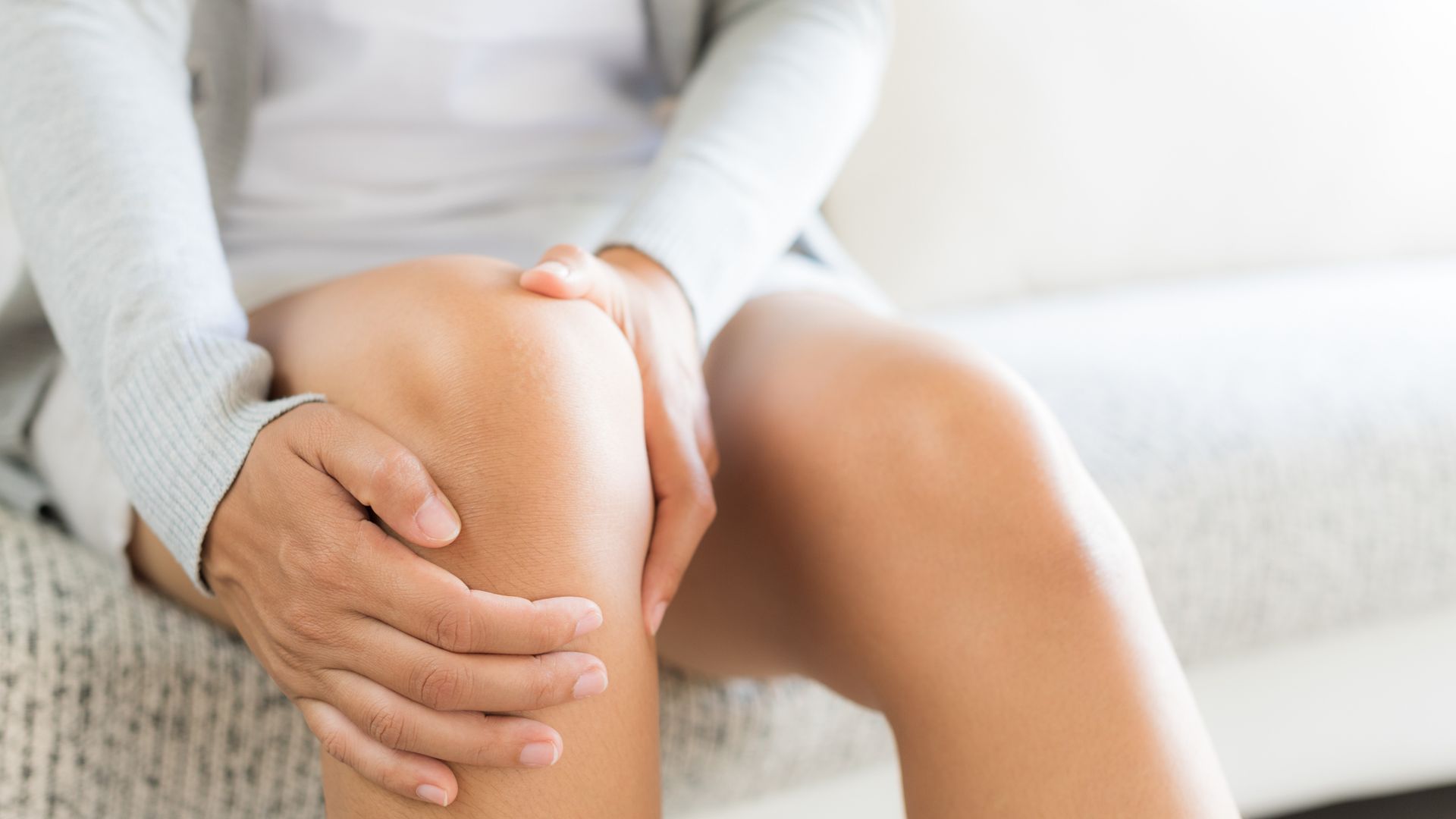
Common mistakes that stress your joints – and crucial exercises for life-long mobility
Stiff or achy joints are often associated with ageing, but you don't need to expect - or put up with - a loss of mobility. By taking care of your joints and paying attention to how you move your body throughout your life, you can minimise the risk of experiencing pain and discomfort, to maintain lifelong mobility. To share exactly how to future-proof your joints, we enlisted Dr Sarah Mottram, a physiotherapist and Movement Science Specialist, to share the exercises and healthy habits that will set you up for life. Why joint health matters at every age "Healthy joints can be central to how we experience life at any age, whether it's running after children or grandchildren, walking with friends, or simply getting up from the sofa with ease. But joint health isn’t just about the absence of wear and tear or pathology; it’s about how we move. Our joints are part of a finely-tuned system that thrives on balance, variability and awareness," Sarah explains. "Healthy movement relies on coordinated movements from the whole body. Joint health is about maintaining our body’s capacity to move in many different ways (movement variability/choice)." Sarah wants to dispel the "myth" that joint health has to get worse with age, and says that it is about movement choices, along with the condition of cartilage and muscles. "Restoring healthy movement restores movement choices to help people move away from pain and stiffness," she says. Common mistakes that stress your joints Repetitive movement You may think that consistent exercise will protect your joints, but the founder of The Movement Works and The Healthy Movement Programme says that repetitive movement can cause more harm than good. "Pain often limits how we move, and that often means that we become less active. How you move matters more than how much," Dr Sarah says. "Many of us repeatedly move in the same limited patterns every day. Or we 'brace and protect' because we’re - understandably - afraid of pain. So, our body adapts by reducing movement choices. But over time, this lack of variability creates extra stress on specific joints. The key is thinking of movement as a whole-body experience - not just an isolated joint problem." Focusing on only one area "Another common mistake is that many of us focus on only one area - stretching the tight bit, strengthening the weak bit. But we need to think holistically; the body works as an integrated system. Restoring ease in one area often depends on how well another part is moving," the physiotherapist says. "As we grow older, we often spend time sitting in our home office for long hours, driving, walking the same routes, or doing the same type of exercise. But when we start moving in predictable patterns, our body loses its rich vocabulary of movement. This can quietly increase the strain on joints, making them feel stiff, sore or unreliable. And that's exactly what we don't want!" Turning things around The good news is, even if you haven't prioritised your joint health in the past or have made the common mistakes mentioned above, it's not too late to turn things around and improve your joint health. "We can restore movement variability at any age. Our bodies and brain have an incredible capacity to change, a process we call bioplasticity," Dr Sarah says. "With the right awareness and guidance, we can restore the forgotten choices - and give our joints back some of their natural freedom." The best low-impact exercises for longevity There are some exercises that will support joint health better than others, as Dr Sarah explains: "We want to aim for movement that builds resilience and adaptability. For example, Qi gong, Tai Chi and Garuda can all retrain how you move and improve strength through coordination and control. And mix up your movement. If you're going for a walk, vary the surfaces, your speed and your direction. Walk on grass one day, and on the pavement or uphill the next. Don't forget to reach and bend. The secret to joint longevity? Moving with variation." Daily habits that support mobility Meanwhile, maintaining the following healthy daily habits can also support mobility: Move with attention: Notice how you stand up, sit down or reach for things. Tiny improvements in awareness can change how your whole body organises itself. Pay attention to how you move, not just how much. Movement awareness rewires your brain and restores more efficient, less painful patterns. Keep moving in different ways: Aim to shift your posture often. Adapt your breathing: Breath and movement are deeply connected; good breathing enhances healthy movement. Make it enjoyable: The body learns best this way - even a gentle sway while you're waiting for the kettle to boil can help to maintain variability. Restoring healthy movement isn’t just mechanical; it’s neurophysiological. By helping the body rediscover its range of coordinated movement, we can restore confidence and resilience in how you move. When to see a specialist "A Movement Science Specialist can help you to understand what’s really behind your pain - not just where it hurts, but why. A specialist will help you understand your movement patterns and teach you how to restore confidence and variability, rather than simply prescribing exercises," Dr Sarah advises. "Effective solutions are rarely just about the joint itself. A whole-body holistic approach that considers movement patterns, strength, balance and the body-mind connection can make all the difference. "When you learn to move differently, you teach your brain and body that change and healing are possible. The goal isn’t only to make pain disappear but to restore confidence, coordination and awareness so that your body can sustain its own recovery."